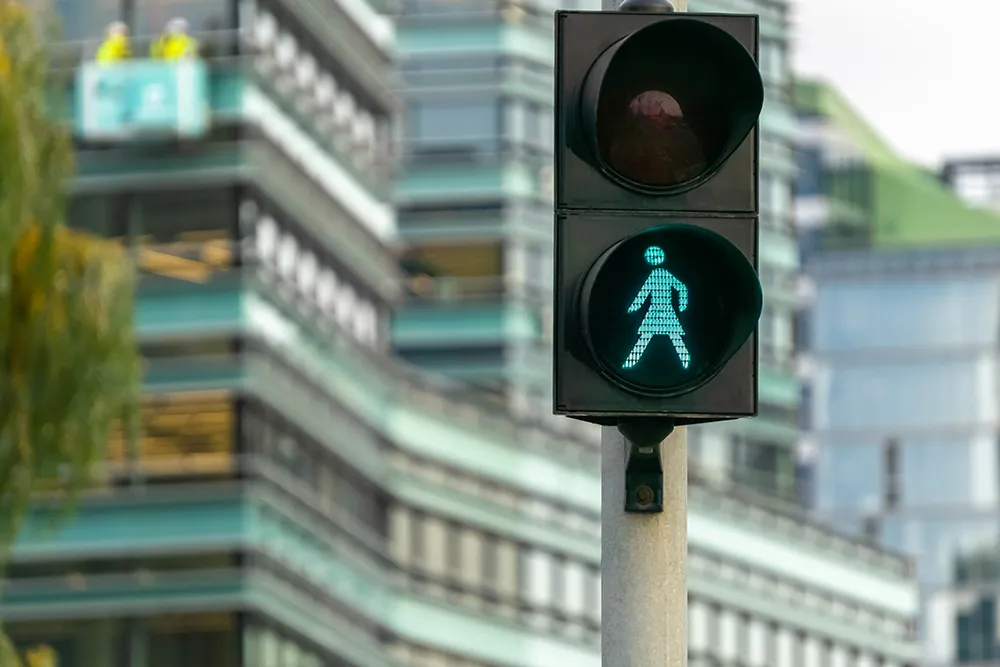The Obama administration has begun to map out a 30-year framework to meet US infrastructure needs, according to Transportation Secretary Anthony Foxx, speaking in an interview with the Washington Post.
Foxx promised a comprehensive review of the demand for new or replacement systems a year ago in an address to the Transportation Research Board. He returned to the group this week to roll out conclusions expected in a report later this year.
“Transportation is a system of systems,” Foxx said, rather tha
January 14, 2015
Read time: 2 mins
The Obama administration has begun to map out a 30-year framework to meet US infrastructure needs, according to Transportation Secretary Anthony Foxx, speaking in an interview with the Washington Post.
Foxx promised a comprehensive review of the demand for new or replacement systems a year ago in an address to the856 Transportation Research Board. He returned to the group this week to roll out conclusions expected in a report later this year.
“Transportation is a system of systems,” Foxx said, rather than the aggregate of separate systems that can be addressed individually. “The idea that we’re looking at the system comprehensively is the thrust of this report.”
He said the report, which will be followed by a formal comment period, is intended as the beginning of a conversation about the future, rather than the conclusive definition of a path forward.
The report being drafted by the Transportation Department draws in part on data compiled in recent years by such groups as the Miller Center at the2005 University of Virginia and the 5515 American Society of Civil Engineers.
An ASCE report two years ago concluded that it would take a US$3.6 trillion investment by 2020 to meet infrastructure needs, about US$1.6 trillion short of current spending. The Miller Center said maintaining infrastructure at current levels required additional spending of US$134 billion to US$194 billion each year through 2035.
Foxx promised a comprehensive review of the demand for new or replacement systems a year ago in an address to the
“Transportation is a system of systems,” Foxx said, rather than the aggregate of separate systems that can be addressed individually. “The idea that we’re looking at the system comprehensively is the thrust of this report.”
He said the report, which will be followed by a formal comment period, is intended as the beginning of a conversation about the future, rather than the conclusive definition of a path forward.
The report being drafted by the Transportation Department draws in part on data compiled in recent years by such groups as the Miller Center at the
An ASCE report two years ago concluded that it would take a US$3.6 trillion investment by 2020 to meet infrastructure needs, about US$1.6 trillion short of current spending. The Miller Center said maintaining infrastructure at current levels required additional spending of US$134 billion to US$194 billion each year through 2035.










